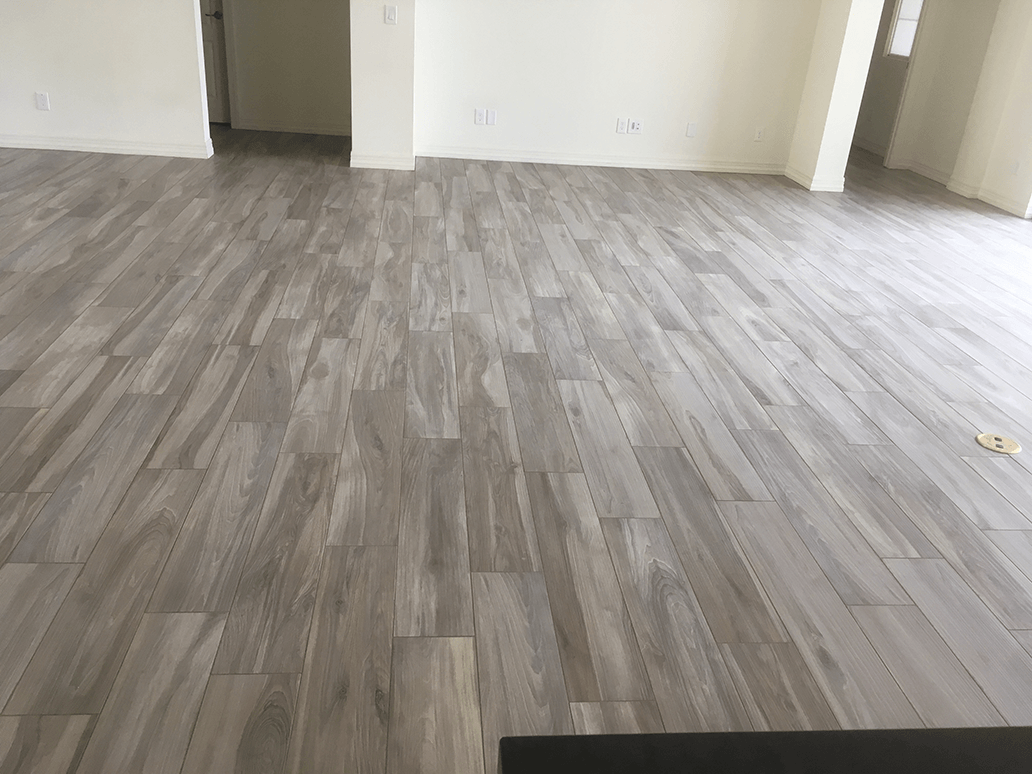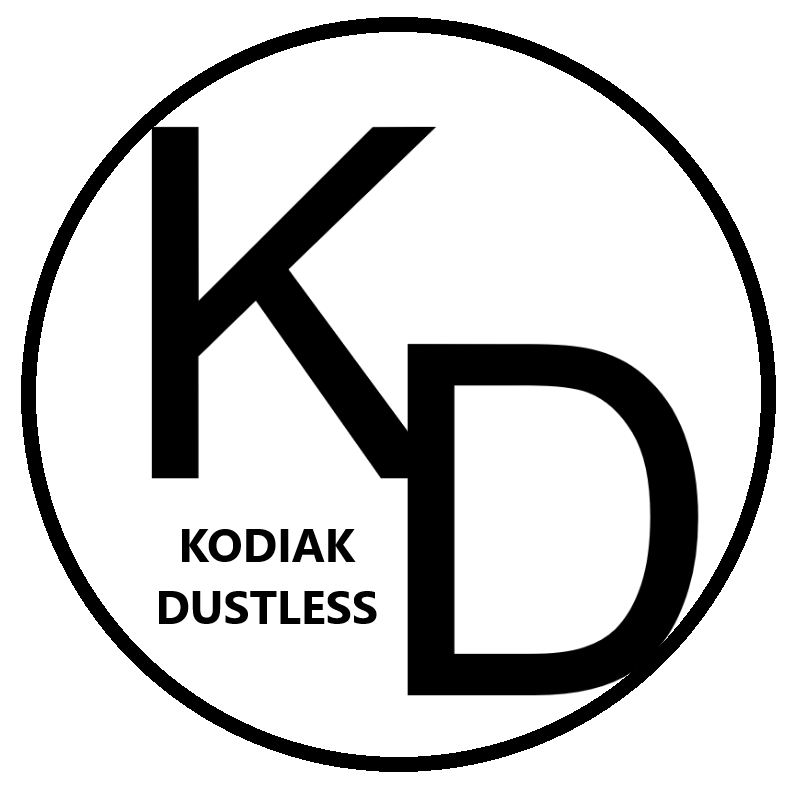
Am I safe removing tiles myself? When removing a ceramic tiled floor, the old tiles must be removed first. While some modern thin porcelain tiles are suitable for over-tiling, the increased thickness of the floor usually prevents this option.
Removing ceramic or stone floor tiles is simple but laborious. It can be arduous work, especially with older installations, depending on the sub-floor and the installation method. It is much wiser to use dust-free tile removal machines and the Chandler experts that use them.
Remove Old Tiles with Chandler Dust Free Tile Removal
If you come across one of these floors, it may be worth investing in specialized equipment, such as a hand-held power scraper. These are ideal for fine chipping work.
Hiring a wheeled-mounted medium- or heavy-duty floor tile lifter for larger or more difficult floors should efficiently remove old tiles and adhesive. The better machines have a fully adjustable chassis that allows you to set in the perfect blade angle and large diameter wheels for superior mobility and stability.
Whether or not you need to hire specialist equipment, doing your own removal can cause significant cost savings, especially if the tile was set into a base of steel-reinforced solid mortar or directly onto a concrete slab.
If the tile has adhered to plywood or cement board, removal is much easier. Floor tiles could have adhered directly to a plywood or cement-board underlayment when specially formulated tile adhesives were introduced to the market in the 1970s. This system quickly replaced the traditional mortar-bed system. The bond between the tiles and the substrate is relatively easy to break in this type of installation.
Floor tile removal from a plywood or cement-board substrate requires only basic hand tools, though a hammer drill with a chisel attachment can speed up the process. A hammer drill can wreak havoc on the plywood or cement-board sub-floor, so be prepared for some repair work if you use this type of tool.
Chandler Floor Removal Pros Take Care of the Dust!
The do-it-yourself tiler should also know tile removal can generate an extensive amount of dust. To prevent dust particles from spreading unnecessarily throughout your home, tape off your work area with plastic sheeting.
When removing old tiles, always wear a dust mask, eye protection, hearing protection, and heavy-duty work gloves. The hammering and chiselling action can cause shards of tile or adhesive to fly into your eyes, causing serious damage. Broken tile shards can also be razor-sharp, so wear long sleeves and tough gloves during demolition.
Ceramic tile demolition can also generate a significant amount of waste, particularly on large floors. Empty bulk bags, such as those used by builders' merchants for sand or ballast, are ideal for collecting this debris in one location.
Prepare In Advance
Take some time before to prepare your working area, so you don't accidentally damage other items in the room. Remove all mouldings, trim, door frames, and doors that will interfere with tile removal with a flat-edge pry bar and hammer. This keeps them from being damaged or covered in dust during the demolition process.

Where is My Dust Free Tile Removal Expert
To keep dust at bay, cover open doorways with plastic sheets. Covering up your bath, sink, or shower trays is also a good idea. Scratches may occur if large, sharp tile pieces are fired into your bathtub, shower tray, or sink. Cardboard is useful for shielding these areas from falling tiles. Drape an old sheet over them for added protection.
To be sure you are using the absolute best tile floor removal experts, Contact Kodiak Dustless, or you can fill in the compact form for a direct reply.
You can check out customer reviews here, ‘SoTellUs’ and the for more information.
